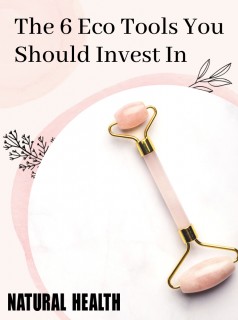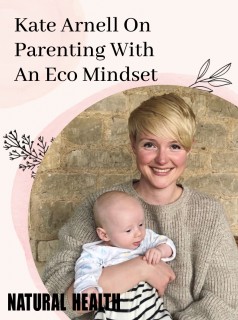So what does the thyroid actually do? Well, everything! When the gland isn’t functioning our metabolism decreases and this causes problems with temperature control, mood, low energy, weight gain, constipation, dry skin and hair, poor fertility and memory, to name a just a few.
So what does the thyroid actually do? Well, everything! When the gland isn’t functioning our metabolism decreases and this causes problems with temperature control, mood, low energy, weight gain, constipation, dry skin and hair, poor fertility and memory, to name a just a few.
It’s a gland that sits at the bottom of the front of your neck, just below your Adam’s apple. It’s a butterfly shape as it has two side lobes, connected by a bridge (isthmus) in the middle.
An individual problem Conventional medicine diagnoses an underactive thyroid based on blood tests which show raised levels of TSH (the hormone secreted by the brain to stimulate the thyroid to work) and low levels of T4 (the hormone produced by the thyroid gland). T4 has to be converted to T3 to work. Blood levels of T3 are often not checked in the routine screen for hypothyroidism as it is assumed that T4 is being adequately converted to T3, although I think we should be checking T3 as not everyone converts T4 to T3 as well as they should.
Diagnosis Even then, diagnosis is not straightforward, because the range of thyroid tests that our conventional medicine considers to be normal is very wide. In America, the range of normal TSH references has been reduced from 0.5-5 to 0.3-3. This unfortunately is not the case in the UK where a TSH of up to five is still considered normal. Then add to this that some people function best when their numbers are at the upper end of the population range anyway! This this means is that if you are told your results are normal but you still feel you are suffering from hypothyroidism, request the exact values and take them to a practitioner who pays close attention to your symptoms and uses a multi-factorial approach to treat them.
Article by
Lucy Trevallion
Article by
Lucy Trevallion























